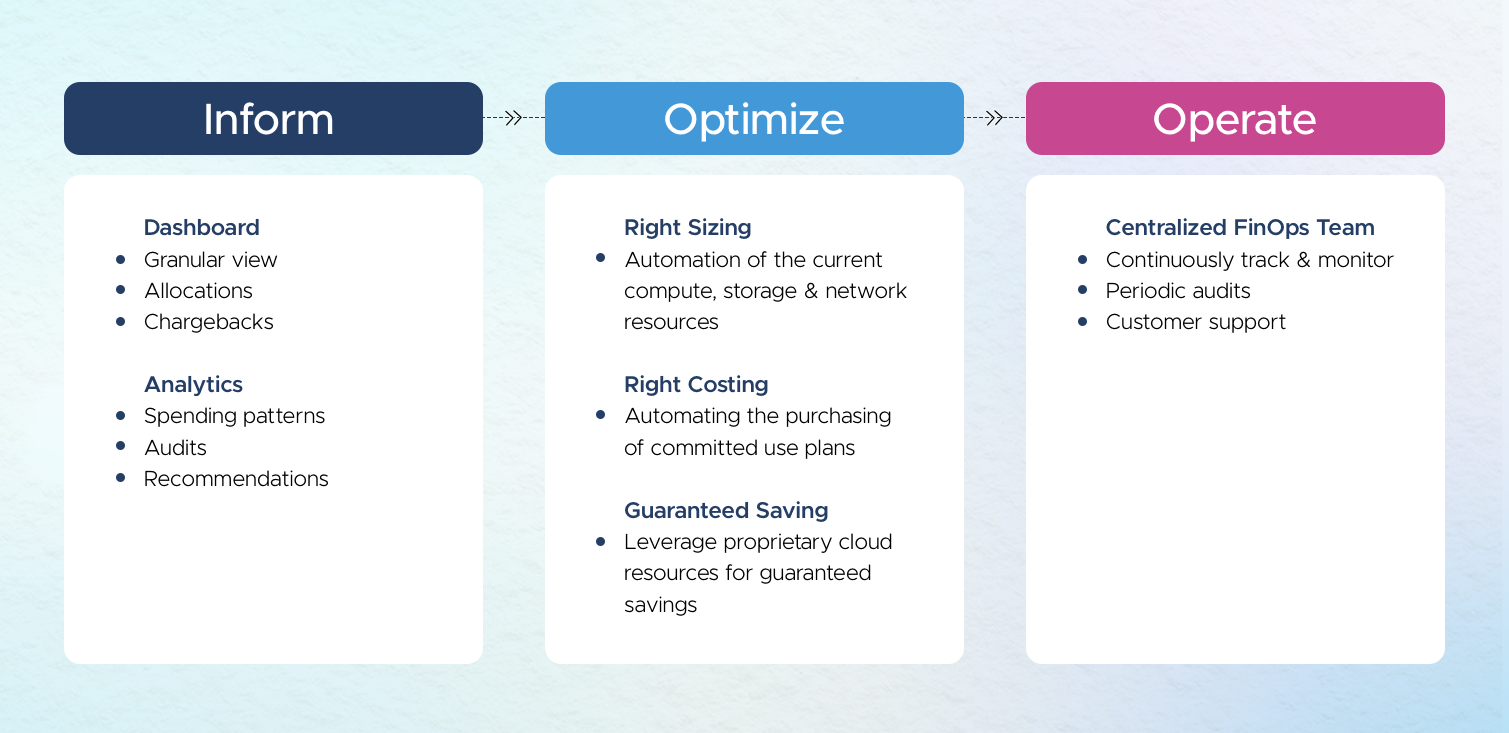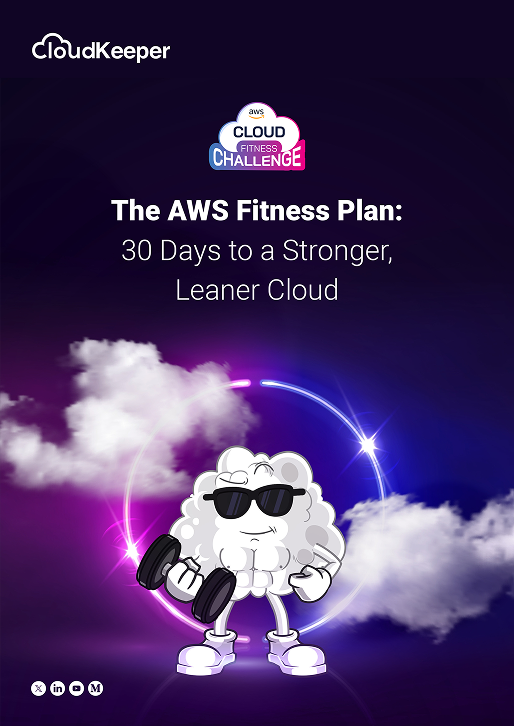In cloud deployment, each workload is distinct, and its requirements might change over time. Users may spin up additional cloud resources in a matter of clicks, making enterprise IT infrastructure a dynamic and complicated environment. Furthermore, one can select from a variety of instances, storage kinds, and payment methods, each tailored to particular use cases and resource consumption levels, leading to a complex bill.
The traditional cloud computing cost management and budgeting approach doesn’t always work effectively in the current scenario due to multiple limitations.
- Lack of traceability: Most businesses manage many accounts. Hence, maintaining an accurate inventory of cloud resources can be difficult.
- Unexpected or unexplainable billing: Buyer autonomy, without any guardrails for cloud financial management, can lead to vastly disparate invoices, unexpected or unexplained expenditures, as well as an increase in compliance and security threats.
- Insufficient cost oversight: Cost-conscious operations are not always mandated by the traditional cost management approaches. As a result, they frequently prioritize cloud investments exclusively on the basis of IT needs and purchase resources that are not cost-efficient.
In fact, businesses that do not have a defined plan for cloud cost optimization may be overspending by as much as 70% or even more. That’s where the need for a dedicated cloud financial management system arises.
Experts necessitate that organizations come up with cloud cost management tools that match their workload needs with the instances provisioned, while remaining cost-effective. This frequently involves a solid automated basis, which generates a continuous loop of cost and usage monitoring and scaling.
Cutting cloud costs isn't the only goal of cloud financial management. It can also boost company agility, operational resilience, and employee productivity. For example, a cloud cost optimization solution for AWS typically covers the following key aspects.
- Organizing and reporting costs: AWS cost optimization starts with better-than-guess forecasting, planning, and budgeting of the predicted cloud spend. This gives engineers the overview that they need to see the cost impact of their work.
- Hard-coding accountability into cloud billing: Costs are tracked and tagged to the appropriate business unit, making the team answerable for cloud spending automatically, thereby making it a priority to reduce AWS costs.
- Flexible forecasting and budgeting in AWS: Various processes are implemented for dynamic forecasting and budgeting, enabling organizations to stay on top of expenditures as they relate to budgetary constraints. These AWS cost optimization best practices help in determining the efficacy of key initiatives such as autoscaling, right-sizing, volume discounts, and cost-cutting.
FinOps is a paradigm for managing cloud spending, an ecosystem of software and service vendors focusing on specific stages of the cloud lifecycle. FinOps boosts the business value of cloud computing by bringing together technology, business, and finance professionals through a new set of processes. It does so by distilling cloud cost management into the following basic steps:
- Monitoring your cloud costs and usage
- Analyzing the data to find savings
- Taking action to realize the savings
Establishing FinOps and cloud cost optimization practices helps fine-tune cloud deployments while ensuring that they align with business objectives like speed, cost, and quality. It operates by breaking the process into 3 phases: Inform => Optimize => Operate.

What to look for in cloud cost management tools?
A good cloud cost optimization solution is holistic and brings together cost savings, analytics, and services & support in a seamless manner. These three pillars work together to form the foundation of a well-balanced FinOps system that can help you rationalize and optimize cloud expenditures. Each pillar has a purpose to solve, and it does so as follows:
- Significant Cost Savings
The solution should reduce your spending on all your cloud consumptions, including on-demand instances, allowing you to save big enough money on your overall cloud payment right away. This cloud cost control should take place without any commitments or lock-ins, without jeopardizing your cloud security, and without any complex adjustments to your setup.
- Cloud Analytics Dashboard
A dashboard provides a complete view of your infrastructure utilization expenses, billing breakdowns, daily cost usage, and more, allowing you to find out possible optimization avenues. These dashboards provide real-time insights into your cloud spending, letting you efficiently manage cloud resources and lay the groundwork for the next step — truly optimizing your cloud budget.
- Services and Support
Knowing where your cloud spending is going wrong isn't enough; you'll need round-the-clock support to make the necessary adjustments, to get the most out of the data that your dashboard is generating. This is possible with regular audits and recommendations from your cloud optimization services partner.
To be cloud-ready, a transparent and effective cloud cost optimization framework necessitates an improvement of the traditional cloud budgeting processes. Rather than just driving down costs, FinOps helps businesses to efficiently leverage AWS and other cloud providers by embracing agility, innovation, and scale, to maximize the value derived from cloud computing.
When it’s about a one-stop solution for all your cloud cost optimization needs, CloudKeeper stands tall as the best choice out there. With a wide array of offerings that help you optimize your entire cloud infrastructure, CloudKeeper delivers instant and guaranteed cloud savings, in-depth cost analytics, and expert-backed optimization guidance.
Want to learn more? Book a free demo!
